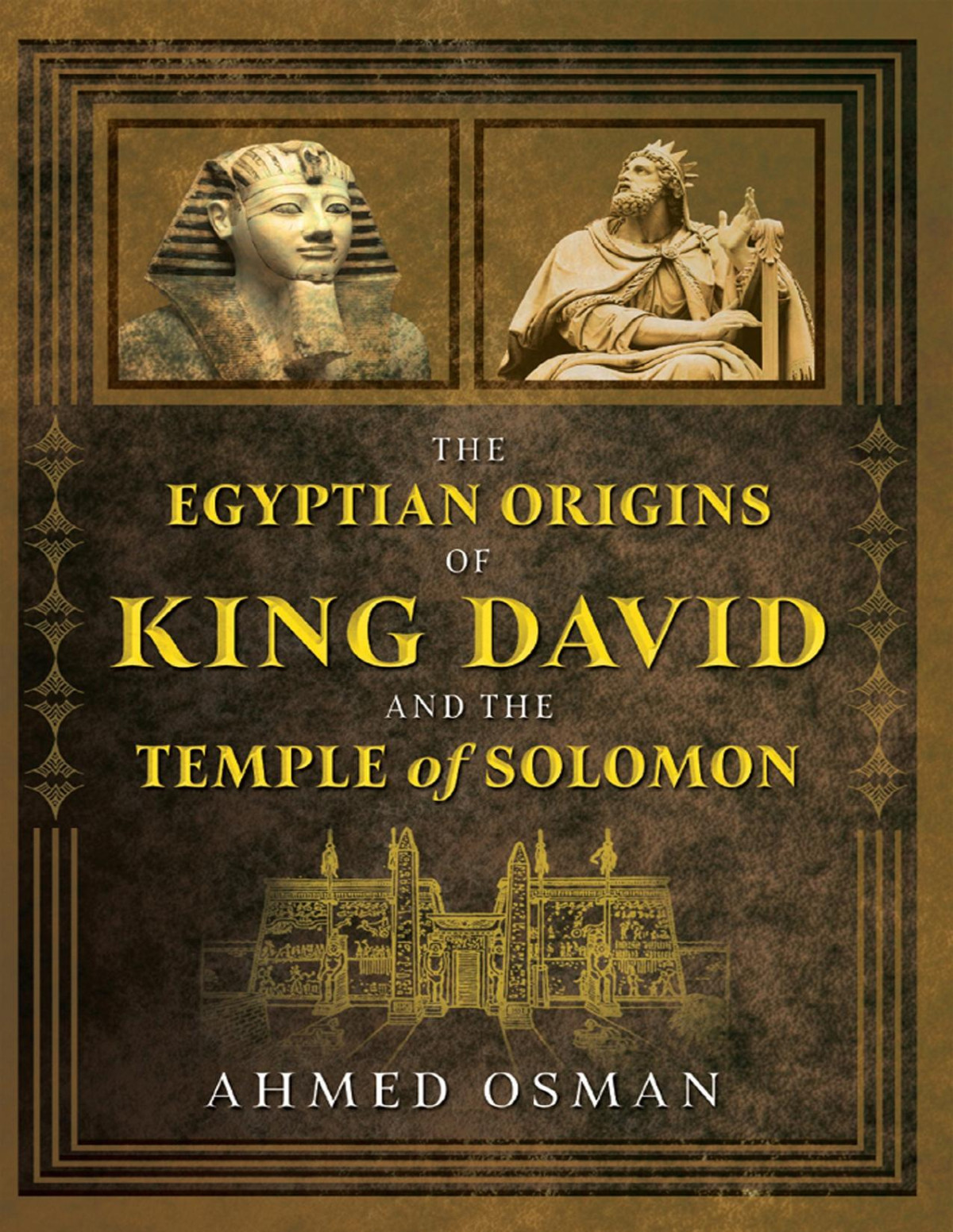

Most ebook files are in PDF format, so you can easily read them using various software such as Foxit Reader or directly on the Google Chrome browser.
Some ebook files are released by publishers in other formats such as .awz, .mobi, .epub, .fb2, etc. You may need to install specific software to read these formats on mobile/PC, such as Calibre.
Please read the tutorial at this link: https://ebookbell.com/faq
We offer FREE conversion to the popular formats you request; however, this may take some time. Therefore, right after payment, please email us, and we will try to provide the service as quickly as possible.
For some exceptional file formats or broken links (if any), please refrain from opening any disputes. Instead, email us first, and we will try to assist within a maximum of 6 hours.
EbookBell Team

4.8
64 reviews• Identifies King David as Pharaoh Tuthmosis III of the 18th Dynasty and David’s son Solomon as Pharaoh Amenhotep, Tuthmosis’s successor
• Shows how the Temple of Solomon described in the Bible corresponds with the Mortuary Temple of Luxor in Egypt
• Explains how David was not a descendant of Isaac but his father and how biblical narrators changed the original story of Abraham and Isaac to hide his Egyptian identity
During the last two centuries, thousands of ancient documents from different sites in the Middle East have been uncovered. However, no archaeological discovery speaks of King David or Solomon, his son and successor, directly or in directly. Was King David a real person or a legend like King Arthur? Proposing that David was a genuine historical figure, Ahmed Osman explores how his identity may be radically different than what is described in religious texts.
Drawing on recent archaeological, historical, and biblical evidence from Egypt, Osman shows that David lived in Thebes, Egypt, rather than Jerusalem; that he lived five centuries earlier than previously thought, during the 15th rather than the 10th century B.C.; and that David was not a descendant of Isaac but was, in fact, Isaac’s father. The author also reveals David’s true Egyptian identity: Pharaoh Tuthmosis III of the 18th Dynasty.
Confirming evidence from rabbinic literature that indicates Isaac was not Abraham’s son, despite the version provided in Genesis, Osman demonstrates how biblical narrators replaced David with Abraham the Hebrew to hide the Egyptian identity of Isaac’s father. He shows how Egyptian historical and archaeological sources depict figures that match David’s and Solomon’s known characteristics in many ways, including accounts of a great empire between the Euphrates and the Nile that corresponds with David’s empire as described in the Bible. Extending his
…